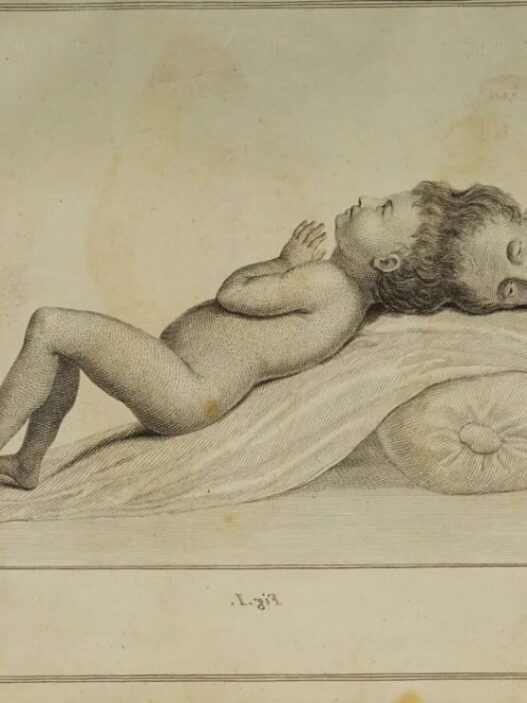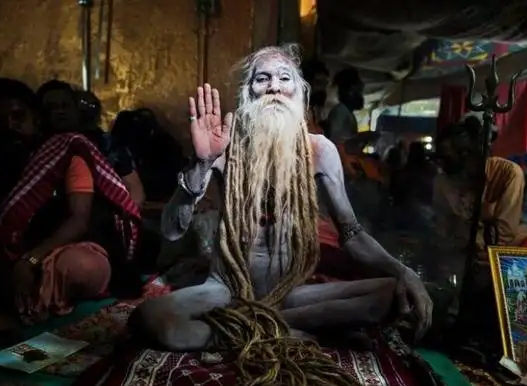Some coincidences feel as if they are straight out of a movie plot, yet they happened in real life. These eerie tales are enough to make your hair stand on end. Here are 10 chilling coincidences that will leave you astounded.
10. Life’s Beginnings and Endings Magazine
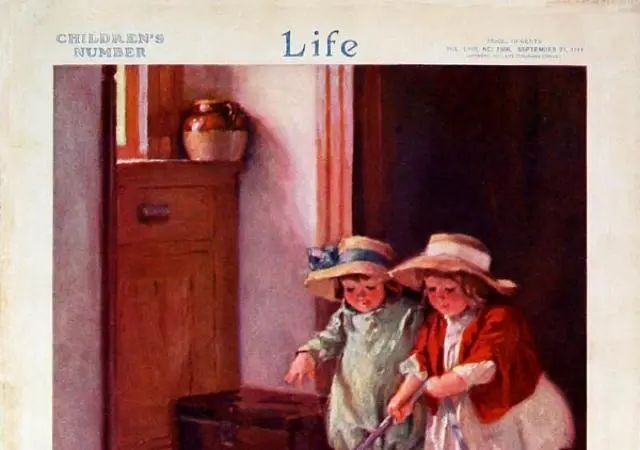
Life magazine, an iconic symbol of 20th-century American culture, published its first issue on November 23, 1936. The cover featured a newborn baby, with the title “Life Begins.” This baby, George Story, later became a journalist.
However, a strange coincidence occurred: On April 4, 2000, Life magazine announced its permanent closure. Just days later, George Story passed away from heart failure. This event was seen as a symbolic end to “life,” eerily echoing the magazine’s message.
9. The Incredible Luck of Maarten de Jonge

Maarten de Jonge, a Dutch cyclist, is not famous for his racing career, but for an incredible series of coincidences. In 2014, he narrowly avoided two deadly Malaysian Airlines flights. First, he had planned to board the ill-fated MH370, but changed his travel plans at the last moment. Then, he booked a seat on the doomed MH17 flight, but once again, changed flights to save money. Remarkably, he missed both tragedies by mere moments.
8. The Curse of The Omen

The 1976 horror classic The Omen wasn’t just terrifying on-screen. A string of bizarre incidents during its production raised questions about whether the film was cursed.
Actor Gregory Peck’s plane was struck by lightning on the way to the film’s set. But the strange coincidences didn’t stop there. Producer Mace Neufeld and screenwriter David Seltzer also experienced lightning strikes on different flights. Additionally, Peck had canceled a flight that later crashed, killing everyone on board—a narrow escape that added to the film’s eerie aura.
As if that wasn’t enough, special effects director John Richardson and his assistant Liz Moore were involved in a car accident, with Moore tragically decapitated—a scene eerily reminiscent of the film’s most chilling death. The bizarre series of events raised the unsettling question: Was The Omen truly cursed?
7. The Connection Between Catherine Eddowes and Mary Kelly
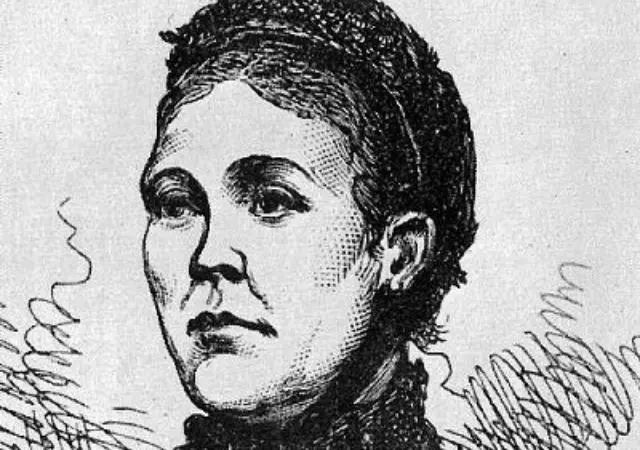
On the night of September 29, 1888, Catherine Eddowes was arrested in London while intoxicated. During her arrest, she gave a false name: Mary Kelly. She had no idea that both names would later be forever tied to the infamous serial killer, Jack the Ripper.
After her release, Eddowes became one of the Ripper’s victims, her body gruesomely dismembered. Just weeks later, the final victim of the Ripper was found—Mary Kelly, the very name Eddowes had used during her arrest.
6. Joseph Aigner and the Mysterious Monk
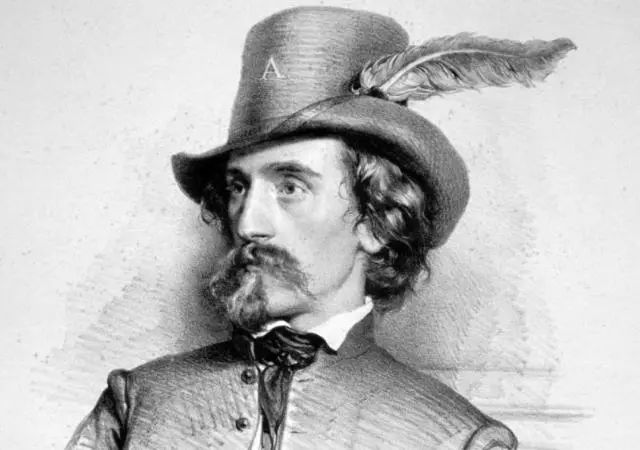
Austrian painter Joseph Aigner faced a life of struggle and even attempted suicide multiple times. His first attempt was at 18, and the second at 22. Both times, a mysterious Capuchin monk intervened and saved his life.
At 30, Aigner was sentenced to death for his political activities. Once again, the same monk appeared and saved him. Despite achieving fame as an artist, Aigner tragically ended his own life at 68. In a strange twist, the monk, whose name he never knew, presided over his funeral.
5. The Hero Who Saved Two Falling Babies
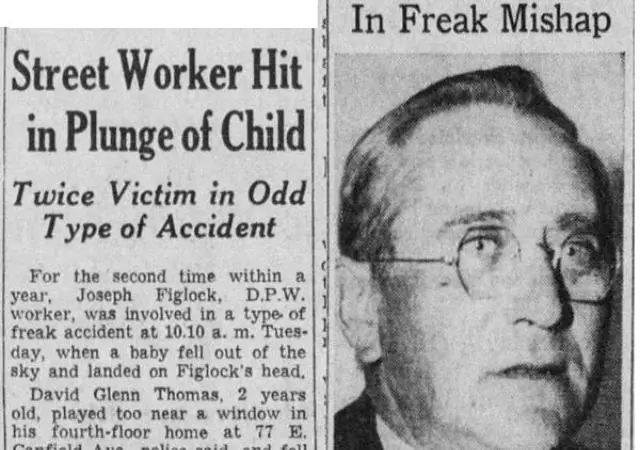
In 1937, Detroit street sweeper Joseph Figlock became an accidental hero. While working, a baby fell from a fourth-floor window and landed directly on him. Figlock miraculously broke the fall, and both survived.
The following year, Figlock was working again when another child, this time a two-year-old, fell from a height and landed on him once more. Incredibly, Figlock saved both babies in near-identical circumstances.
4. Hitler’s Obsession with The Wild Chase

Before becoming one of history’s most notorious figures, Adolf Hitler had dreams of becoming a painter. Although he never succeeded, his passion for art remained. One of his favorite works was Franz von Stuck’s The Wild Chase, a dark and ominous painting depicting the Germanic god Wotan leading an army of the dead on a wild hunt.
This painting, completed in 1889—the same year Hitler was born—seemed to foreshadow his dark future. The cold, authoritative figure of Wotan and his army of death seemed to mirror Hitler’s later rise and destructive legacy. Some even believed it was a prophecy of his catastrophic impact on the world.
3. The 27 Club
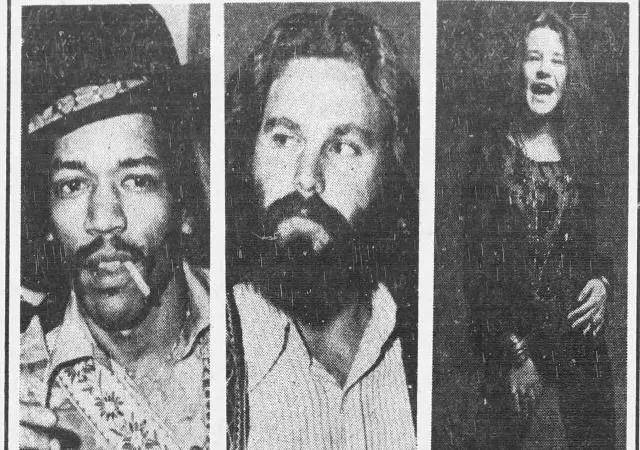
The “27 Club” refers to a haunting phenomenon where talented musicians, actors, and artists tragically die at the age of 27.
It first gained attention in the late 1960s when legends like Jimi Hendrix, Janis Joplin, Jim Morrison, and Brian Jones of The Rolling Stones all died at this young age. In the 1990s, Kurt Cobain of Nirvana joined the club, and later, Amy Winehouse’s death at 27 added an even more eerie layer to the story. Winehouse had openly feared not surviving past 27.
Since the early 20th century, over 60 celebrities have been linked to the 27 Club. This strange occurrence has become a cultural symbol, representing the intersection of genius and tragedy.
2. The Man Who Survived Two Atomic Bombs
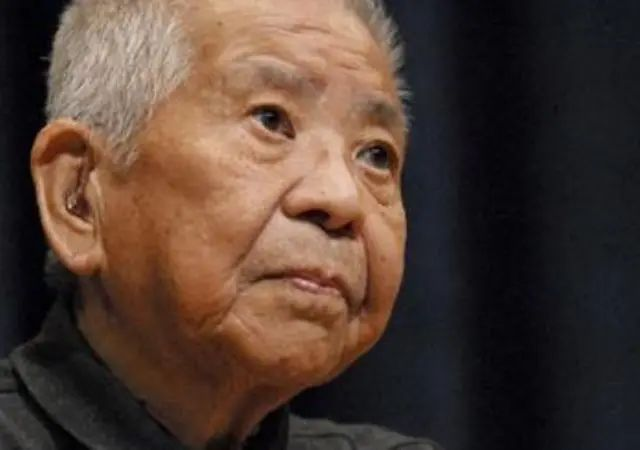
In 1945, Tsutomu Yamaguchi, a draftsman for Mitsubishi, survived both atomic bombings of Japan.
On August 6, he was in Hiroshima for work and witnessed the first atomic bomb drop. The explosion threw him to the ground, severely burning his upper body. However, he and a few colleagues managed to find shelter and survived.
The very next day, after recovering somewhat, Yamaguchi returned to Nagasaki. As he was describing the Hiroshima bombing to his boss, the second atomic bomb exploded above Nagasaki. Yamaguchi once again miraculously survived. Although he suffered from radiation sickness for a week, he lived to be 93 years old, passing away in 2010. His life is one of the most astonishing survival stories in history.
1. The First and Last Casualties of World War I
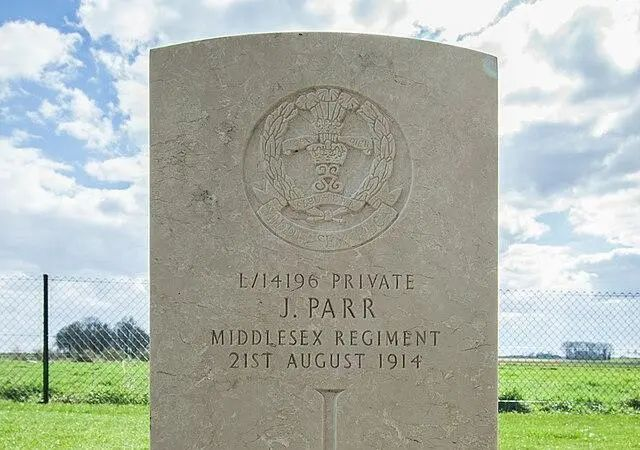
In a tragic coincidence, the first and last British soldiers to die in World War I were buried in the same cemetery—St. Symphorien Military Cemetery. John Parr, the first soldier to die, and George Edwin Ellison, the last, were laid to rest just seven yards apart, facing each other.
This arrangement was not planned, and at the time, no one knew that they were the first and last casualties of the war. Their graves have become a symbol of the war’s beginning and end. What makes this even more poignant is that the cemetery was built by the German army, which also buried their own soldiers there, symbolizing the absurdity of war and the equality of life lost.
Today, their graves stand as silent sentinels, reminding the world of the futility of war and the preciousness of peace.














